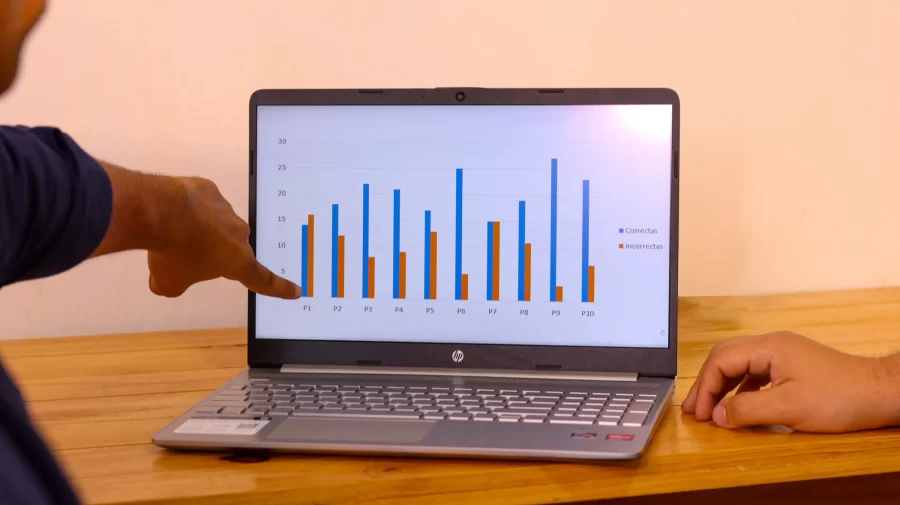In and out of the office, emails are one of the most used ways of communication. You will almost certainly use emails in some manner, regardless of your profession or career, due to their speed and efficiency.
Well-written emails send a message that is courteous, concise, and clear to the recipient. It takes practice to learn how to structure an email that fits all of these requirements. That’s why it’s critical to know how to create and send professional email messages. It doesn’t matter if you’re looking for jobs, developing new networking connections, or simply attempting to improve at your existing position.
When it comes to work, emails might be written for a variety of purposes. On some occasions, we’ll need them to summarize an important meeting, exchange information, communicate an essential update, or write an introductory letter, just to mention some examples.
It sounds easy on paper, I know, as emails have even grown into our daily lives. We’ve become accustomed to using emails in a relatively casual manner. When emailing close friends, slang and emoticons are normally okay, but they won’t fly at work. It’s essential to know how to clean up your messages when necessary, and that’s what this article is for.
Down below, we’ll talk about things that you should and shouldn’t include in a work-related email.
What to Include in Your Emails
- Subject Line: Your subject line should clearly state why you’re writing. You can use a basic subject line like “Meeting Summary” or “Request for Recommendation.”.
- Greeting: Include a greeting in your email, even if it’s only a few sentences long. Include the person’s name if you know it. Unless you know the person’s first name, address them by their title or their last name.
- Length: Keep your email to a minimum in terms of length, since people will prefer to scan over lengthier email. Only include the most important details.
- Closing: Finish with a short “Thank you,” “Best,” or another polite send-off, followed by your name. Most email accounts allow you to add a signature to each email that includes your name, title, and contact information. It’s a fantastic approach to make each letter more professional.
What Not to Include in Your Emails:

- Font Style: Avoid ornate, whimsical, or colorful fonts; they will simply divert the recipient’s attention away from your message. Additionally, avoid overusing bold and italics, which can make an email appear crowded. In an email, do not write in all capital letters; this can come off as furious or overexcited.
- Emoticons: Save emoticons for personal emails and avoid using them in professional emails.
Now, here are a few pieces of advice you can follow in order to help ensure that your emails are effective and professional.
Identify Your Goal
You should state why you’re emailing and what you’re seeking in all professional messages. Don’t leave the reader guessing about what you’re trying to say.
Before you start writing an email, consider what you want the receiver to do once they’ve finished reading it. After you’ve identified the main purpose of the email, make sure that everything you put in it supports that goal. If you want the recipient to examine a report you’ve attached, for example, explain what the report is, why you need it reviewed, what kind of feedback you’re looking for, and when you need the work finished.
Keep It Short
Emails are one of the most common forms of communication at work, which means that people receive a lot of them. When someone is browsing through an inbox with 50 (or 100) unread messages, they are more likely to reply to something that is only a few short paragraphs long. As a result, be considerate of people’s time and send emails that are brief and to the point.
To accomplish this, avoid addressing too many topics at once, as this will make your message long, difficult to read, and difficult to act on. Remove any information from your email that isn’t relevant to the topic you’re talking about. Remove filler words and unnecessary material. Your note will be shorter and easier to read as a result of this.
Proofread!
An error-free email indicates professionalism and attentiveness. Take time to double-check your email for any spelling, punctuation, or syntax mistakes before sending it. Also, double-check that any attachments you mentioned in your reply have been included. If you’re sending an important email to relevant parties, you might want to have your immediate supervisor or a trusted colleague review it before sending it.





